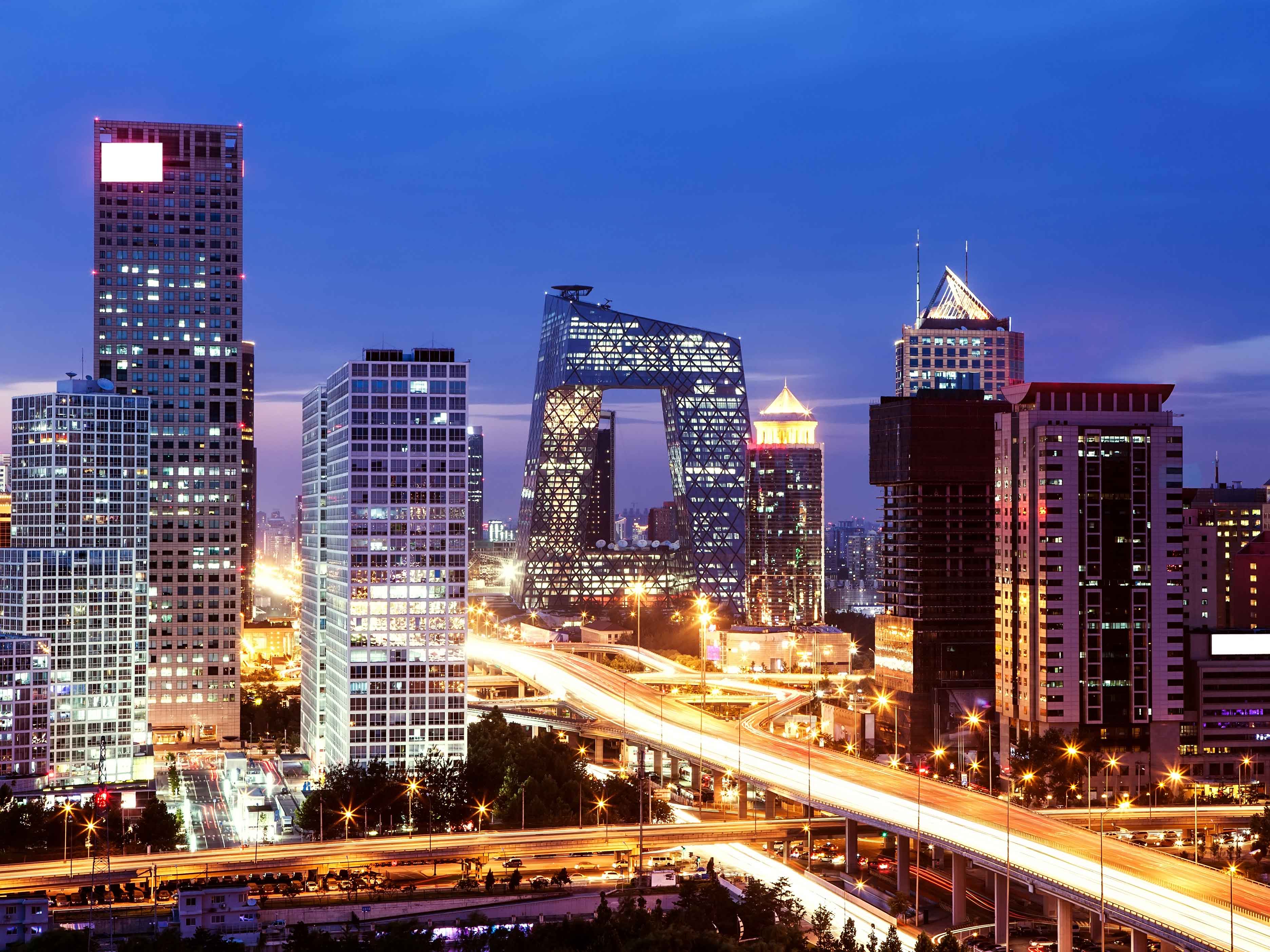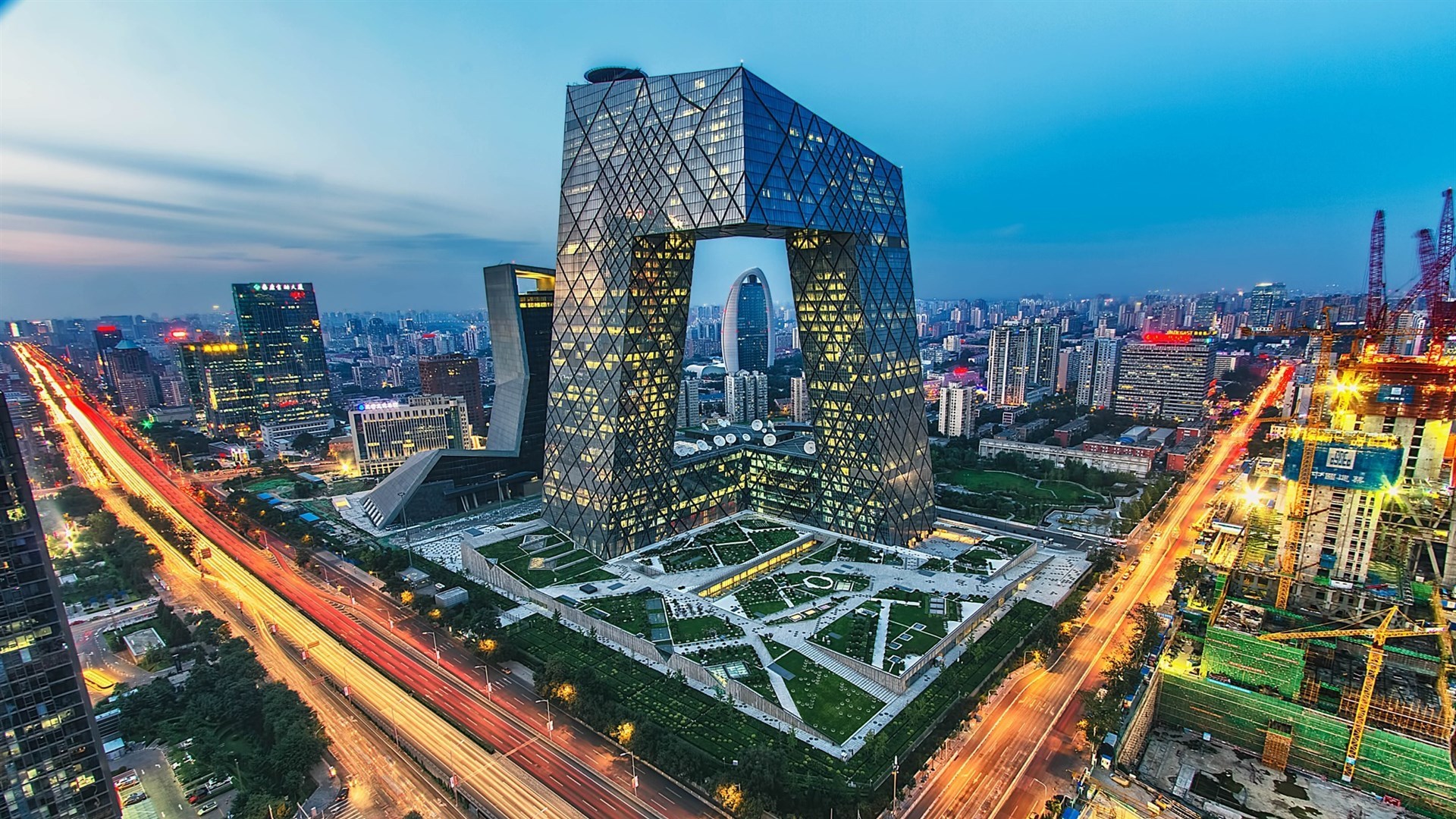

The State Department’s Art in Embassies (AIE) program curated the permanent collection installed throughout the Embassy complex consisting of work by major American and Chinese artists. The winning design of Skidmore, Owings & Merrill, LLP, Architects (SOM) resulted in the energy-efficient and sustainable building standing in Beijing today.Įastern and Western aesthetics were considered not only in the building and landscape design, but also in the selection of artwork displayed throughout the Embassy. The Department of State sought to obtain the “best of American architecture” through a Federal Design Excellence program competition. The planning for this compound started in the mid-1990s to solve the logistical issues, security concerns, and increasing demand for consular services in Beijing. The Department of State’s second-largest overseas construction project, it is a beautiful integration of Eastern and Western design traditions. Embassy compound in Beijing, China, is a secure, state-of-the-art facility located northeast of the Forbidden City in Beijing’s Third Diplomatic Enclave. It eagerly looks forward to being on the world's stage when it hosts the Summer Olympic Games in 2008.Completed in 2008, the main U.S. It is also an approachable and visitor-friendly city. It also stands as a symbol of China's grandeur, history, culture and mystery.

Its wide thoroughfares, magnificent gate tower and memorial arch, and grand palaces all speak to the extensive history of this city. Since reform, living conditions and purchasing power have improved dramatically.įew cities have the unique historical charm of Beijing. The modernization has also had a salutary impact on Beijing's citizens. You can capture the true essence of the city by walking around the Summer Palace and its pavilions or strolling through the courtyards and quadrangle houses or the quaint and serene Hutong. Despite its progress, the city values its great historical culture and its antiquities. You'll see everything ranging from a Harley Davidson motorcycle dealership to upscale women's fashion boutiques to military displays at the Chairman Mao Memorial Hall. The city is rapidly changing as it continually modernizes. There is also no shortage of entertainment with the Beijing Opera, concert halls, acrobatic troupes, and teahouses being popular choices. It is difficult to imagine a city with more restaurants per square kilometer or a more exhaustive variety of Chinese and foreign cuisines. There are enormous numbers of four and five-star hotels in convenient locations throughout the city. It is also a food-lovers' dream. No other city in China offers the range of accommodations Beijing does. It's a remarkable city offering an abundance of ancient and modern architecture, temples, gardens, and museums and a variety of colorful local customs. It offers a staggering array of attractions including the resplendent Forbidden City the majestic Tiananmen Square (the world's largest public square) the grand meandering Great Wall, and Beihai Park (Beijing's oldest imperial garden). It also served as capital city of the Qing Dynasty (1644-1911).īeijing is world-famous for its trove of historical sites and enchanting natural scenery, making it a compelling tourist destination among people's China tour package itinerary. It was razed, rebuilt and named Beijing by the Han Chinese rulers of the subsequent Ming Dynasty (1368-1644). The city's grid pattern and original city walls were first laid down in the 13th century when it was called Khanbalik, the capital city of the Yuan Dynasty (1271-1368). It has been the capital city of many dynasties in Chinese history. It is located on the northwest part of Huabei Campagna (the North China Plain) about 150 kilometers (93 miles) west of the Bohai Sea.
Bei jing facts full#
It is also recognized as a modern international metropolis full of energy and vitality. Its present-day population is over eleven million, thus, it is the second largest city in China.īeijing is universally acknowledged for its rich history and cultural development. Additionally, it is the focal point for the country's transportation, scientific and technological development, education and communication. It is also the nation's political and cultural hub.

Beijing (formerly called Peking, Beiping, Dadu, Jingcheng, and Yanjing in different periods of Chinese history) is the capital city of the People's Republic of China.


 0 kommentar(er)
0 kommentar(er)
